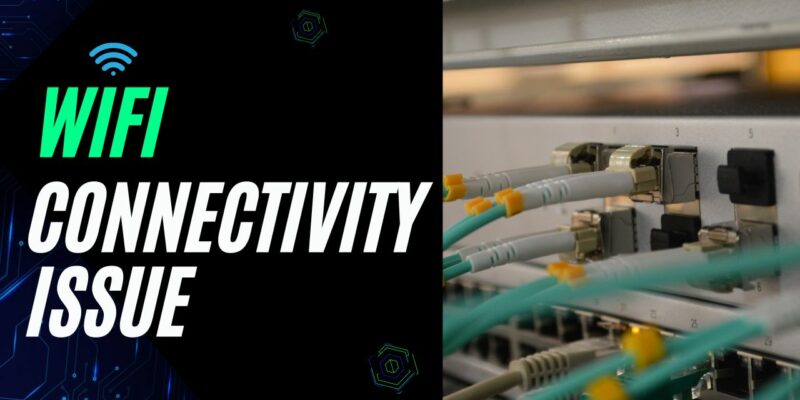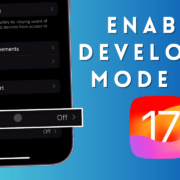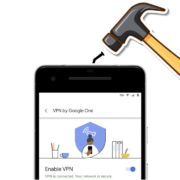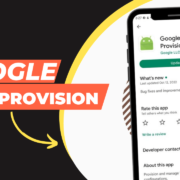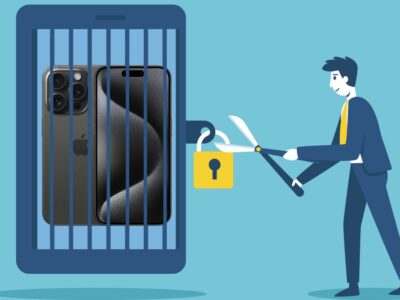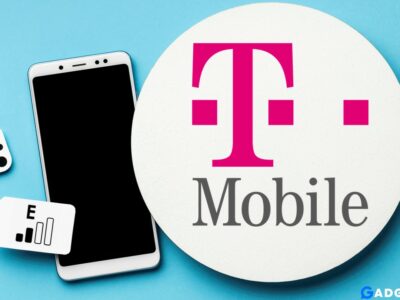Not being able to connect your laptop or smartphone to the internet may be one of the most aggravating WiFi Connectivity Issues you can encounter. Having a functional device and a healthy Wifi source should be a technological match made in heaven.
And this is precisely why there is no universal solution. We will walk you through some potential solutions, but the further down this page you scroll, the more probable it is that your issue requires a professional solution or a call to your internet service provider.
Let’s begin.
Table of Contents
Verify (and re-verify) Your Credentials
You’re about to smash the router against the wall when you realize that you had the caps lock enabled. Despite how obvious it may appear, inadvertently incorrect login credentials are a common source of WiFi issues. Taking a deep breath and double-checking your credentials will save you countless minutes of typing and retyping an incorrect password.
First, ensure that you are reading each character correctly; this is especially important when a handwritten letter contains a password. To view what you’re entering in real-time as you type, tap or click the eye icon to the right of the password box.
If you are in a crowded, public area, you should avoid using this feature since someone may be looking over your shoulder. Second, keep in mind that credentials are case-sensitive, so switch between uppercase and lowercase letters consistently.
Third, observe your keyboard. Start by ensuring that the caps lock is disabled; most laptops and mechanical keyboards will light if this is the case. If yours does not, seek on-screen prompts or test by entering text into a visible field (like an address bar).
If you use your keyboard to type with more than one alphabet, you may accidentally press the wrong keys if it is not set to your default.
Ensure That You Are within Range
WiFi coverage might vary for a variety of reasons, including the router’s signal strength and the thickness of your home’s walls. The owner’s attempts to conceal the router’s unsightliness by placing it in a dark corner or covering it with books or other trinkets are ineffective.
Getting closer to the router and ensuring its antennas are up and unobstructed can aid in establishing a connection.
Switch on the WiFi Mode on Your Device
Again, it may seem apparent, but every device that you wish to join a WiFi network must actively seek that connection. This will only occur when WiFi mode is enabled.
Depending on the manufacturer of your device, you will either see a WiFi icon or an Internet option. Tap on it and activate the WiFi toggle switch. When you click the arrow to the right of the clock in the bottom-right corner of your screen on a PC, you will notice a WiFi icon with three waves inclined upwards. Click on it to activate it.
Confirm That the Router is Online
Occasionally you are able to connect to the WiFi, but you cannot access the Internet. This is likely due to the fact that the router is offline and generating an empty signal. Checking the lights on your Wi-Fi router is a quick approach to determine if this is the case.
To address this, you can employ the tried-and-true method of turning it off and on again. Wait 10 seconds before turning it back on, as this is the average amount of time required for routers to prompt a reboot rather than continuing where they left off.
When you reactivate the router, give it a minute to restart and keep a watch on the same indicator light. If the red light turns green or the continuous blinking changes to an irregular twinkle, the router is now connected to the Internet.
You Should Restart Your Device
Sometimes the issue is not caused by the router, wall thickness, or internet service provider. Occasionally, the problem is you or rather, your device. It’s okay, it happens.
Rebooting your device is a quick approach to resolve this issue; when you do so, be sure to do it correctly by going to the menu of your phone, tablet, computer, or other device and selecting either Power Off or Restart.
All in All
There are numerous reasons why your device is unable to connect to WiFi. These are the most typical causes, but there may be others, such as hardware faults (for instance, if your device’s antenna becomes damaged) and routers with a limited number of simultaneous connections.
However, that does not mean that everyone who is encountering connectivity issues, will have the same problem. That is why we have shared the various types of issues you can expect and how to deal with them.
Thus, most of the time, if you go through this checklist, you’ll be able to get back online. In fact, you should see if there are too many users using the internet, if that is so, you can consider WOW! cable provider instead of streaming services, since the WOW Channel lineup is rather amazing.

